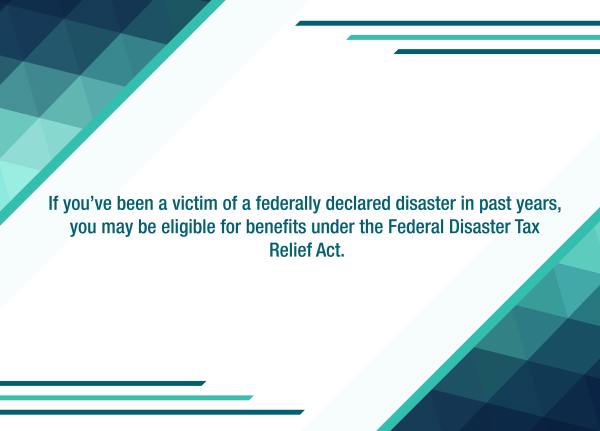Most employers are familiar with the U.S. Occupational Safety and Health Administration (OSHA). The government agency’s stated mission is “to ensure the safe and healthful working conditions for workers by setting and enforcing standards and by providing training, outreach, education and assistance.”
One important new development involving OSHA is its final rule on electronic recordkeeping that expands current occupational injury and illness reporting requirements for employers that operate in designated “high-hazard” industries. The rule took effect as of January 1, 2024, so now’s the time to determine whether your organization is subject to it and, if so, precisely what you should do.
Who must submit information
The final rule mandates that employers with 100 or more employees in those designated industries must annually and electronically submit information from Form 300, “Log of Work-Related Injuries and Illnesses,” and Form 301, “Injury and Illness Incident Report.”
The rule doesn’t change existing requirements for employers with 20 to 249 employees in designated industries to annually and electronically submit information from Form 300A, “Summary of Work-Related Injuries and Illnesses.” Organizations with 250 or more employees that are required to keep records under OSHA’s injury and illness regulation must also continue annual electronic submissions of Form 300A.
When it published the new rule in July 2023, OSHA revealed that it will publish some of the related data collected on its website. The agency is doing so “to allow employers, employees, potential employees, employee representatives, current and potential customers, researchers and the general public to use the information … to make informed decisions” that will “reduce occupational injuries and illnesses.”
How to get ready
The final rule mandates that employers make electronic data submissions to OSHA on March 2 of the year after the calendar year covered by each form. On its webpage of frequently asked questions, OSHA states, “The due date to complete this submission is March 2, 2024.”
If your organization is subject to the rule, there are several preparatory steps you should take. First, determine which forms you’ll need to submit based on the criteria. Also, review your current recordkeeping procedures and, if necessary, revise them to ensure best practices are being followed. For example, evaluate each injury or illness against OSHA guidance to determine whether it’s work-related and must be recorded.
In addition, check applicable state law requirements — some state agencies that enforce OSHA mandates may have different recordkeeping rules. And last but not least, train employees in relevant roles on the new rule and reporting requirements.
Be prepared
“Fill out more forms” is probably not on anyone’s list of New Year’s resolutions. Nonetheless, OSHA’s new final rule on electronic recordkeeping is an important development and employers should be prepared to comply with it going forward. Your professional advisors can help you determine whether your organization is subject to the rule and, if so, how to meet the requirements.
____________________________________
We highly recommend you confer with your Miller Kaplan advisor to understand your specific situation and how this may impact you.



